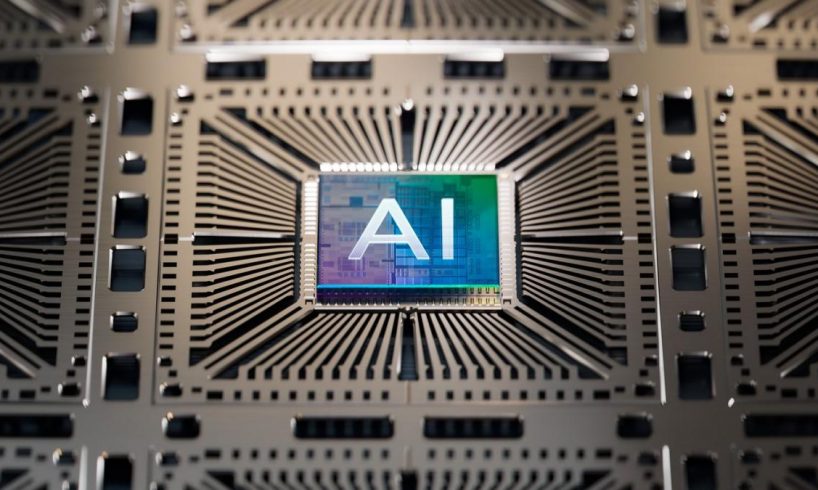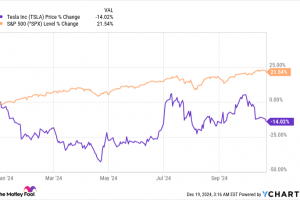
While there has been a lot of excitement surrounding the launch of Nvidia‘s (NASDAQ: NVDA) latest chips based on its new Blackwell architecture, both customers and investors apparently will need to wait a bit longer. According to reports, the shipment of the chips will be delayed, although by how long remains to be seen.
Given the strong demand that was expected for the chips, let’s take a closer look at the issue and the impact it may have on the stock.
Design flaw
As first reported by the tech publication website The Information, a design flaw in its Blackwell B200 chip was found “unusually late” in the production process. The issue is believed to stem from the company being one of the first to use Taiwan Semiconductor Manufacturer‘s new CoWoS-L packaging technology (“Chip on Wafer on Substrate with a Local silicon interconnect,” if you’re curious) and the placement of the bridge dies connecting two graphics processing units (GPUs) being less than perfect.
As a result, Nvidia has apparently decided to revamp the design of its Blackwell GPUs, which is expected to delay the start of shipments by three months or more, according to some reports. Customers and partners have indirectly confirmed the delays. Meta Platforms says it doesn’t expect to receive Blackwell GPUs this year, while Super Micro Computer executives say they don’t expect any real volumes from Blackwell until the March quarter.
Alphabet, Microsoft, and Meta all have huge Blackwell orders worth “tens of billions of dollars” that they are looking to get filled, according to The Information. Meanwhile, it was reported earlier this year that Amazon was moving its Nvidia AI accelerator orders from Hopper to Blackwell.
While Hopper orders will likely help fill some of the void resulting from the Blackwell delay, the risk is that there is an air pocket if these customers just wait on their large orders.
UBS analysts, however, have come out and said that, after speaking to Nvidia customers, the firm expects the chip delay to only be between four to six weeks and that the delay will be “invisible” to most…
..






